Zongzi, also known as a rice dumpling, is a Chinese dish made of glutinous rice and either sweet or savory filling and wrapped in bamboo leaves. They can be eaten and found year-round, but are most often eaten during Dragonboat Festival (Duanwu Festival).
I’ve never made my own zongzi before. It’s not something my mom ever made when we were growing up. Every year, I get several requests for a recipe, so this year I decided to finally make my own. A few months back, one of my friends actually had a gathering where we made them. That was a good practice experience for me and gave me the inspiration to make these.
I’ve included very detailed step-by-step photos and hopefully, they’ll make your experience go smoothly.
It’s definitely a time-consuming process, but you can make a lot at a time and they freeze well. And eating the fruits of your own labor is often so much more satisfying! The hardest part is getting the wrapping. It’s still something I’m working on. The first few I made looked like mangled packages. I finally started to get a handle on it the last few I made, but I still need some work.
Zongzi fillings vary greatly. They can be filled with mung beans, red bean paste, pork belly, salted egg yolks, mushrooms, chicken, Chinese sausage, etc. I prefer the savory filled ones and for mine, I added pork belly, salted egg yolks, and boiled peanuts.
First, you’ll need to prep most of your ingredients overnight or for at least a few hours.
Sticky rice. You’ll need sticky rice, which is sometimes labeled glutinous rice or sweet rice. You will need to rinse the rice a few times until the water is clear, then let the rice soak overnight.
Pork belly. I really enjoy pork belly in zongzi. The meat is tender and flavorful and the fat from the meat helps to flavor the rice as well. The pork belly needs to be chopped and marinated overnight.
Salted Duck Yolks. I wasn’t able to find just salted duck yolks at Ranch 99. I’ve seen pictures of a packages of salted duck yolks. Next year I will look harder and try a few other Asian supermarkets, perhaps some of the Vietnamese ones. I tried to just remove the yolks from the salted duck eggs and it was a really annoying process and the yolks didn’t look very pretty.
Dried bamboo leaves can be found at Chinese supermarkets like Ranch 99. They come in a very long package and each one contains a few dozen leaves. I wrapped more than a dozen dumplings and still have half a bag of leaves left. You’ll want to soak these for about 30 minutes, to remove any dirt and to soften them. Then you will want to boil them for another 10 minutes until they become pliable for folding.
Cotton Twine. You’ll also need cotton twine that is food and cooking safe. This is what you’ll use to secure the leaves.
Once all your ingredients are ready, you can lay them out so you can wrap the dumplings. I don’t know why I put the leaves in a bowl. It’s actually better to just have them laying flat on your table.
As I mentioned above, wrapping the dumplings is probably the hardest part in this whole process. I came across several different wrapping methods. A common one involved using two leaves together. While I found this method easy to follow, the problem was that I wasn’t able to get much filling into my dumplings. Instead of plump dumplings nearly bursting at the seams, I was left with flat packages that barely held more than few bites of rice.
Then I found this method, shown below, which uses the two leaves to form one very long leaf. This method is a little trickier to fold, but you can add so much more filling, and after a few attempts, I was able to get semi-decent looking triangles.
Even if you’re wrapping skills aren’t quite there yet, the twine is your saving grace. You can just wrap your dumplings several times in twine to keep your dumplings secure and keep any filling from falling out. I like wrapping mine three times around one way and then 2-3 times the other way, so every side is secured.
Sometimes, you’ll see the dumplings in bundles. Usually several strings are tied together and hung off of a door knob, sink, closet, etc. You wrap your dumpling up along the string and tie it, and then you have a bundle of dumplings. I think they look quite cute that way, but it’s a little trickier to tie the dumplings when one end of the string is tied together with other strings.
To cook the dumplings, you can steam or boil them. I prefer steaming, as the rice gets more sticky and chewy. With boiling, the rice is a little softer and more moisture gets in. You also run the risk of the fillings spilling out if your dumplings aren’t secure. However, most people usually boil because it takes less time. It takes about 2 hours to cook when boiling and closer to 4 hours when steaming (depending on the size of your dumplings).
I actually cooked mine in my multi-function pressure cooker. You may have seen them. They are super popular and I’ll be doing a review of mine soon, but I love, love it. It acts as a rice cooker, steamer, slow cooker, yogurt maker, saute pan, all in one. And because it is a pressure cooker, it cooks everything so fast, but it’s not as intimidating as traditional pressure cookers. Since getting mine, I put all my other cookers into storage and just use this. Using my pressure cooker, I was able to steam the dumplings in about 35 minutes, as opposed to the 4 hours it usually takes.
I don’t foresee myself making these often, but I’m so glad I finally made some!
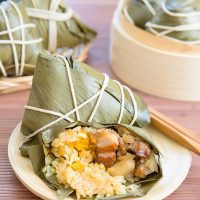
Zongzi
Ingredients
- 24 dried bamboo leaves You'll need 2 per dumpling, but I recommend having a few extra in case some of them break
- 1 lb pork belly cut into small, two-bite pieces
- 5 cups sticky rice
- 3 tbsp soy sauce
- 3 tsp sugar
- 1/2 tsp five spice powder
- 1 tbsp shaoxing cooking wine
- 1 tbsp water
- food-safe cotton twine you need about 3 1/2 feet of string for each dumpling
- 6 salted duck egg yolks halved
- 1 cup boiled peanuts (see note)
Instructions
- The night before, rinse your rice with water until water runs clear. Soak rice in water overnight.
- In a bowl, combine soy sauce, sugar, five-spice powder, Shaoxing wine, and water. Add in pork belly and stir a few times until all pieces are covered in marinade. Marinade overnight in the fridge. I recommend stirring around the meat at the half-way point so that the meat at the bottom doesn't become saltier and more marinated than the pieces on top.
- On the day of wrapping first soak bamboo leaves in a large container for about 30 minutes. This will wash off any dirt or dust and should make your leaves soft enough so that you can fold them to get them to fit into a large pot. Boil leaves in a large pot for about 10 minutes, or until all the leaves are pliable and look evenly wet and slightly more brown.
- Drain water from sticky rice. Lightly dry your leaves. Gather all your ingredients and place them on your working surface. I also recommend you cut the twine ahead of time. I used 3 1/2 feet per dumpling, but this length will vary depending on the size of your dumplings and how many times you need to wrap to secure. You may want to do a practice one to get the idea of the length you need, and then pre-cut the rest of the twine based on that length.
- For the rest of the wrapping steps, please refer to photos above for more details. Choose two bamboo leaves that are approximately the same size. Snip off the hard ends. Place the leaves so that the shiny side faces down and the dull side faces up. Arrange the leaves so that the two pointy ends are facing each other. Then push the leaves inward, so that the leaves overlap halfway (basically the pointy edge of one leaf should be halfway up the length of the other leaf).
- Holding where the pointy ends are, fold inward on both sides until you form a cone with a pointy bottom. The excess portion of the leaves not in the cone from both sides should be about the same length.
- Fill the bottom of your cone with some rice. Then add about 5 pieces of pork belly. I also liked drizzling a little of the excess marinade onto the rice. Add 4-5 peanuts and half an egg yolk. Then fill the top with more rice. You can fill up close to the edge of the top of the cone, but leave a little room. Pinch both sides of your cone (see photo), then take the top leaves and fold down and over. This should form a triangle. Take the excess leftover leaves and fold around the triangle. It doesn't matter which side but I found there was always a side that needed a few more folds to help secure filling. Make sure all your fold are tight.
- Take your pre-cut twine and start wrapping around your dumpling to secure all the folds. I usually wrapped three times going one direction and then 2-3 times the other way. When you are done, double knot the string. Set aside and repeat with remaining dumplings.
- To cook, fill a large pot with water and put dumplings in. Boil for about 2 hours or until rice is tender. You can also steam, but it will take about 4 hours. Or you can use a multi-function pressure cooker and steam for about 35 minutes.
- You can store cooked zongzi in the freezer for several months. Just re-steam to eat.
Notes
- Boil raw peanuts until softened, about 1-2 hours; I accidentally bought blanched peanuts which is why mine in the photos look white rather than light brown.
Nutrition
The nutrition information provided are only estimates based on an online nutritional calculator. I am not a certified nutritionist. Please consult a professional nutritionist or doctor for accurate information and any dietary restrictions and concerns you may have.



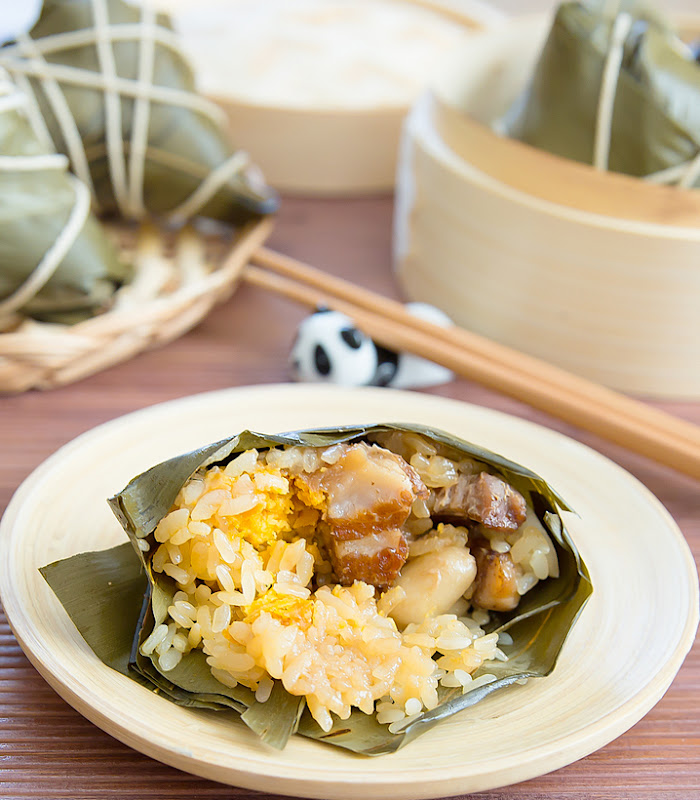


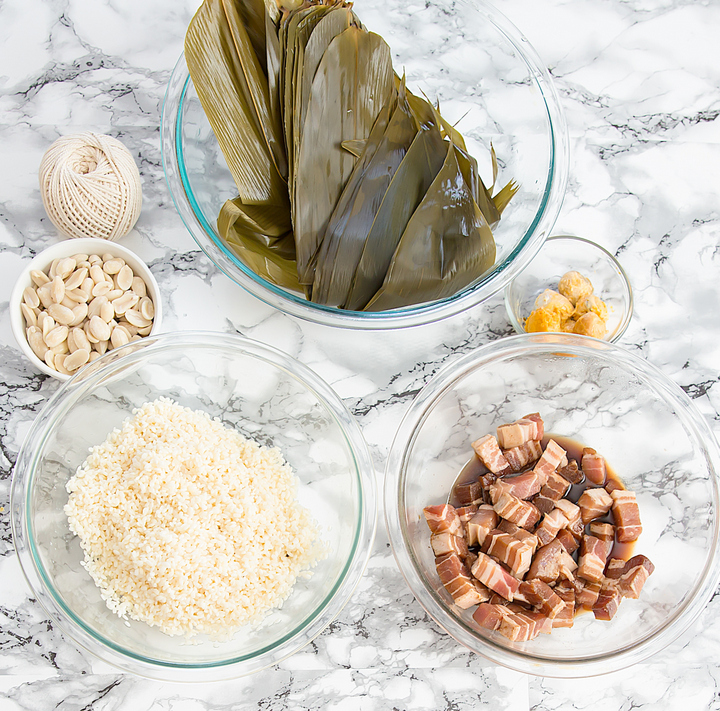

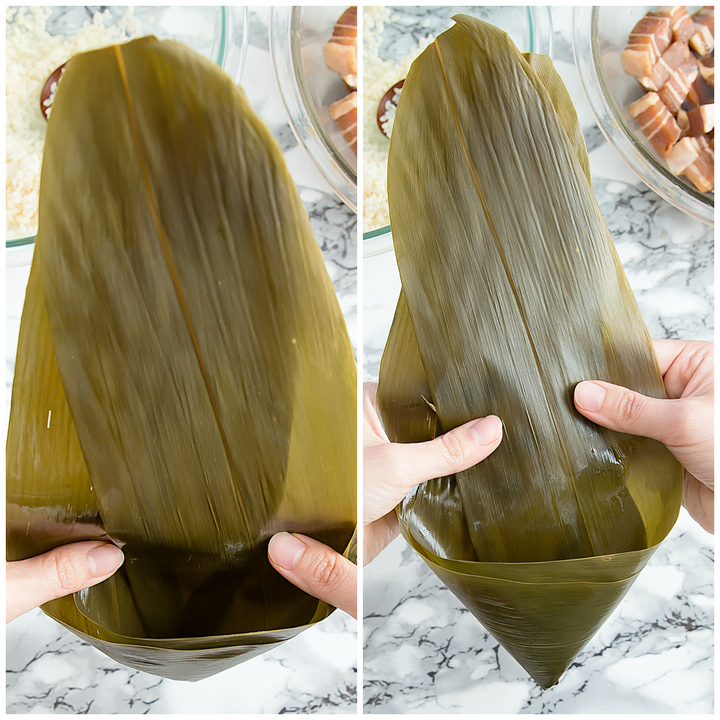




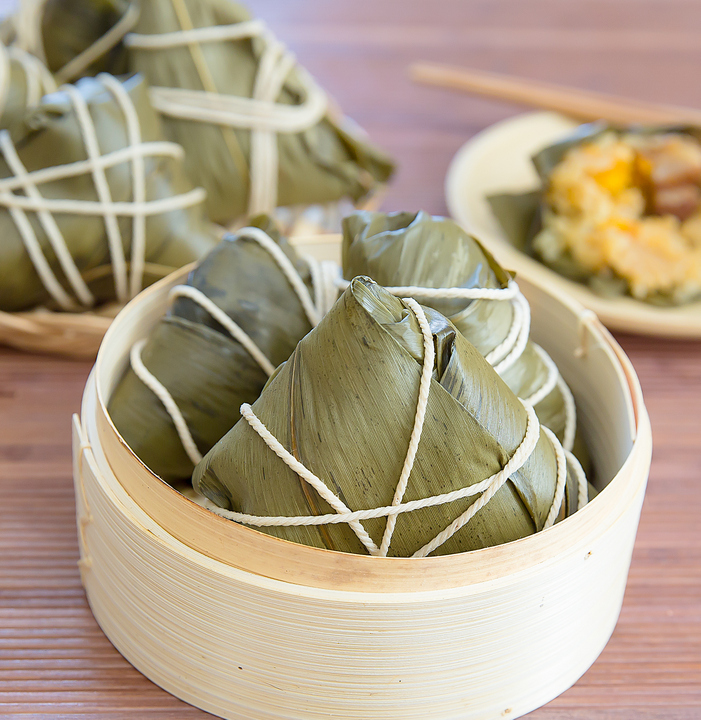

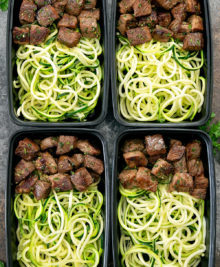
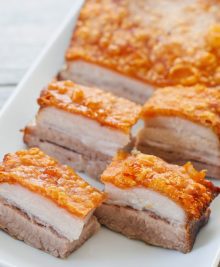

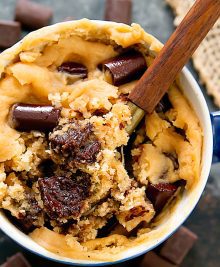
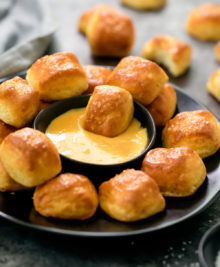
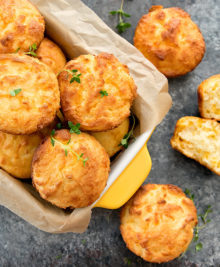
How many zongzi do you cook at a time in your Instapot and how much water do you add in the Instapot when cooking?
Thanks.
As many as can fit in a single layer. I used 2 cups of water
How much time does it take to re-steam the frozen ones?
About 10 minutes.
Thanks for sharing! Very curious what brand/ do you use as your combo rice cooker, steamer, pressure cooker? Sounds very useful…
The multi-functional pressure cooker is super useful! I use mine everyday for things like rice, soups, eggs and steaming. I own the Instant Pot
This might be the best tutorial I’ve seen on the web yet! Thanks for taking the time to show us step by step.
aww thank you! That means so much because it took me a really, really long time to get this post written. I hope you find it helpful!
This was an EXCELLENT tutorial!! My dad showed me how to make these years ago but he got so frustrated when I couldn’t wrap the zongzi properly (or as fast as him). I love black mushrooms in mine and chinese sausage as well. Agreed that pork belly is so good with the sticky rice.
Thank you! Taking the step by step photos was very time consuming, so I hope it’s helpful. Getting the wrapping right is definitely hard. I can fold regular dumplings with my eyes closed, but this wrapping is new to me.
That’s awesome you make zongzi! I’m going to San Francisco to eat zongzi in a few weeks. Tried making it myself a bunch of times but it doesn’t turn out as good as I would like…
that’s too bad. Hope you enjoy the ones in SF!
I’m not a big fan of joong (as my family calls them), but I have helped make them in the past. I agree that wrapping them is the toughest part. A friend has metal molds that help make the wrapping look nicer.
Oooh, metal molds! I’ll have to look into that. I don’t eat zongzi often, only about once a year, but it was fun to learn how to make my own!